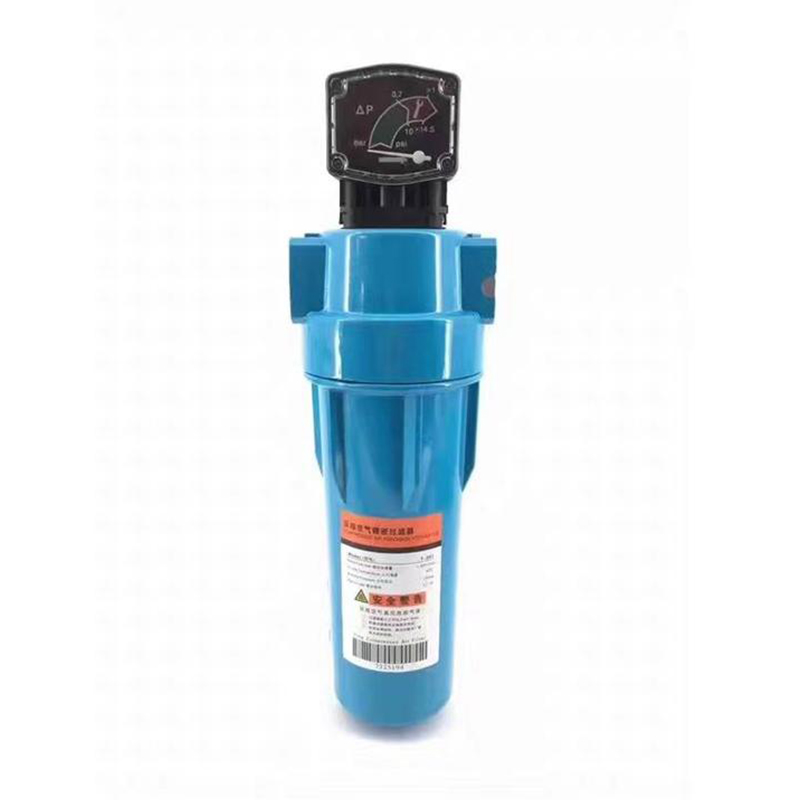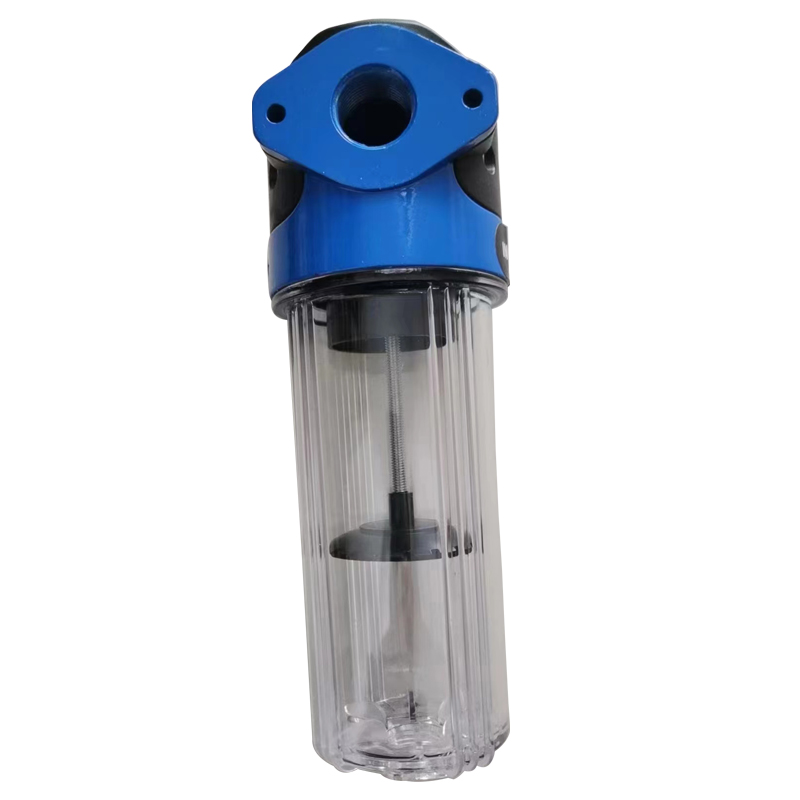1. Overview of Adsorption Separation Process
Adsorption means that when a fluid (gas or liquid) is in contact with a solid porous substance, one or more components in the fluid are transferred to the outer surface of the porous substance and the inner surface of the micropores to enrich on these surfaces to form a monomolecular layer or multimolecules layer process.
The fluid being adsorbed is called the adsorbate, and the porous solid particles themselves are called the adsorbent.
Due to the different physical and chemical properties of the adsorbate and the adsorbent, the adsorption capacity of the adsorbent for different adsorbates is also different. With high adsorption selectivity, the components of the adsorption phase and the absorption phase can be enriched, so as to realize the separation of substances.
2. Adsorption/desorption process
Adsorption process: It can be considered as a process of concentration or as a process of liquefaction. Therefore, the lower the temperature and the higher the pressure, the greater the adsorption capacity. For all adsorbents, the more easily liquefied (higher boiling point) gases adsorbed more, and the less liquefiable (lower boiling point) gases adsorbed lower.
Desorption process: It can be considered as a process of gasification or volatilization. Therefore, the higher the temperature and the lower the pressure, the more complete the desorption. For all sorbents, more liquefied (higher boiling point) gases are less likely to desorb, and less liquefiable (lower boiling point) gases are more easily desorbed.
3. The principle of adsorption separation and its classification
Adsorption is divided into physical adsorption and chemical adsorption.
Principle of physical adsorption separation: Separation is achieved by using the difference in the adsorption force (van der Waals force, electrostatic force) between atoms or groups on the solid surface and foreign molecules. The magnitude of the adsorption force is related to the properties of both the adsorbent and the adsorbate.
The principle of chemical adsorption separation is based on the adsorption process in which a chemical reaction occurs on the surface of a solid adsorbent to combine the adsorbate and the adsorbent with a chemical bond, so the selectivity is strong. Chemisorption is generally slow, can only form a monolayer and is irreversible.
4. Common Adsorbent Types
Common adsorbents mainly include: molecular sieves, activated carbon, silica gel, and activated alumina.
Molecular sieve: It has a regular microporous channel structure, with a specific surface area of about 500-1000m²/g, mainly micropores, and the pore size distribution is between 0.4-1nm. The adsorption characteristics of molecular sieves can be changed by adjusting the molecular sieve structure, composition and the type of counter cations. Molecular sieves mainly rely on the characteristic pore structure and the Coulomb force field between the balanced cation and the molecular sieve framework to generate adsorption. They have good thermal and hydrothermal stability and are widely used in the separation and purification of various gas and liquid phases. The adsorbent has the characteristics of strong selectivity, high adsorption depth and large adsorption capacity when used;
Activated carbon: It has rich micropore and mesopore structure, the specific surface area is about 500-1000m²/g, and the pore size distribution is mainly in the range of 2-50nm. Activated carbon mainly relies on the van der Waals force generated by the adsorbate to generate adsorption, and is mainly used for adsorption of organic compounds, heavy hydrocarbon organic matter adsorption and removal, deodorant, etc.;
Silica gel: The specific surface area of silica gel-based adsorbents is about 300-500m²/g, mainly mesoporous, with a pore size distribution of 2-50nm, and the inner surface of the pores is rich in surface hydroxyl groups. It is mainly used for adsorption drying and pressure swing adsorption to produce CO₂, etc.;
Activated alumina: The specific surface area is 200-500m²/g, mainly mesopores, and the pore size distribution is 2-50nm. It is mainly used in drying and dehydration, acid waste gas purification, etc.





_01-15.jpg)